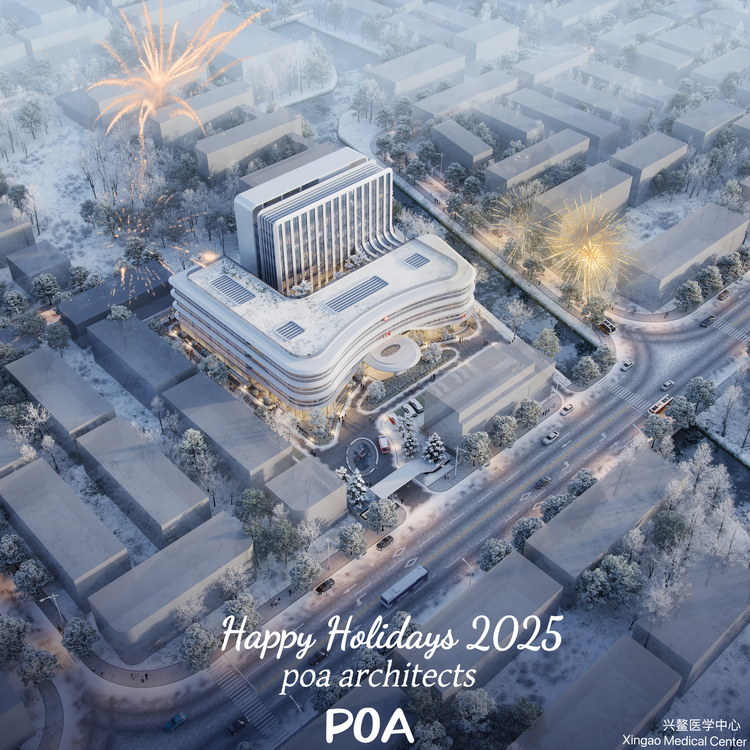The ecological revetment design in the waterfront area needs to take into account ecological restoration, landscape aesthetics and functional safety. The core points can be developed from the following dimensions:
First, ecological function takes priority
Energy exchange between land and water
By adopting permeable interface designs, such as pebble gentle slopes and soil-covered gabion structures, the river water can seep into the groundwater layer for storage during the wet season, while during the dry season, the groundwater can seep back into the river, thus forming a flood detention and drought replenishment regulatory mechanism. For instance, the "disc-shaped" section design of the pebble gentle slope embankment not only facilitates the passage of amphibians but also promotes the circulation and exchange of soil and water vapor.
Construction of biological habitats
Through the design of the void ratio at the foot of the slope and the creation of multiple flow velocity zones, it provides a habitat for fish, birds, etc. In typical cases, the stepped artificial natural revetment is embedded with willow branches and water poplar branches within the reinforced concrete frame, and lotus flowers and lythrum salicaria are planted along the water, forming a complex biological symbiotic system.
Water quality purification function
Biological purification is achieved by using plant communities such as emergent plants (reeds, calamus) absorbing nitrogen and phosphorus nutrients, floating plants (荇菜, water chestnut) dividing the water surface space, and submerged plants (Myriophyllum verticillatum, verticillatum) alleviating eutrophication. The combined application of artificial island-type wetlands and sunken bubble wetlands can further enhance the efficiency of water purification.
Second, spatial form design
Optimization of the revetment line type
Avoid linear design. Instead, create a contrast between strip-shaped and planar water bodies through changes in twists, openings, and expansions. Large water surface areas are matched with distribution squares, and the ribbon-shaped water system is mainly ecological, reducing hard divisions. For instance, Suining South Riverside Park creates a water-friendly experience with ever-changing views through elevated viewing platforms and leisure pergolas.
Three-dimensional spatial combination
Adopting three-dimensional designs such as natural gentle slope, cantilevered platform and terrace, combined with waterfront platforms of different degrees of privacy, a multi-level spatial experience is formed. For instance, in the residential area of Mainz, Germany, the waterfront public space addresses the height difference between land and water through tiered terraces, taking into account both flood control and water-friendly needs.
Material selection and combination
Give priority to using natural materials such as pebbles, landscape stones
and wood, and reduce artificial intervention. The soil covering gabion revetment
combines lead wire gabions with pebble soil covering, which not only ensures the
stability of the bank slope but also achieves harmony with the surrounding green
landscape.
Third, plant configuration strategies
Stratification of plant communities
Pebbles and hygrophytic plants are laid in the area from the normal water level to the top of the slope, and pebbles are scattered and water-tolerant hygrophytic plants are planted in the area from the normal water level to the foot of the slope, forming an ecological gradient in the vertical direction. For instance, aquatic plants such as Acorus tatarinowii and canna lilies can grow in the muddy ground from a depth of 20cm to the shore, enhancing the stability of the revetments.
Functional plant combination
Select plants that have multiple functions such as soil stabilization and bank protection, water conservation, and water purification. The well-developed root systems of trees such as willows and aspens can stabilize the embankment, while emergent plants like reeds and cattails can not only regulate water sources but also provide spawns for organisms.
Seasonal changes and ornamental value
By combining trees, shrubs and ground covers, beautiful scenes can be achieved throughout the four seasons. For instance, in spring, willows turn fresh green; in summer, lotus flowers bloom; in autumn, reeds sway; and in winter, landscape stones are dotted, creating a dynamic landscape effect.
Fourth, the concept of flexible landscape
Flood control and ecological balance
In areas with high flood control requirements, stepped stratified treatment is adopted. For instance, large stones are embedded in reinforced concrete frames to form fish nests, and aquatic plants are planted adjacent to water. This not only ensures flood resistance capacity but also enhances ecological value.
Rainwater recycling system
Combining landscape elements such as vegetation shallow ditches, ecological channels and rainwater wetlands, a rainwater collection and purification system is constructed. Rainwater flows into underground reservoirs through ecological revetments and is used for greening water supply or overflows into municipal pipelines in an emergency.
Sustainable maintenance
Choose plants and materials with strong weather resistance and low maintenance costs. For instance, the ecological bag revetments are made of high-strength UV-resistant materials, with a lifespan of over 70 years. Moreover, they are insoluble in polluting liquids, achieving zero-pollution maintenance.
Fifth, humanistic experience design
Layout of water-friendly facilities
Set up facilities such as waterfront squares, viewing platforms and boardwalks to enhance the interaction between people and water. For instance, Zhoukou Wanda Furong Lake Ecological City Park enhances the water-friendly experience by allowing visitors to reach the normal water level through nearshore waterfront piers and walking paths.
Integration of cultural symbols
Combining natural stone with plants reflects the regional cultural characteristics. Plants are planted in the crevices of the mountain-stone revetment, showcasing the traditional aesthetic of combining hardness and softness, while infusing cultural connotations into the modern waterfront space.
Barrier-free design
Ensure that the waterfront greenway is unobstructed, and the paving materials are both anti-slip and aesthetically pleasing to meet the needs of different groups of people. For instance, the waterfront landscape on the east bank of Hengjing Port in Minhang District, Shanghai, has created an age-friendly waterfront space through barrier-free passages and rest areas.
Through the comprehensive application of the above key points, ecological revetment design can achieve the organic unity of ecological restoration, landscape aesthetics and functional safety, providing sustainable solutions for urban waterfront areas.
